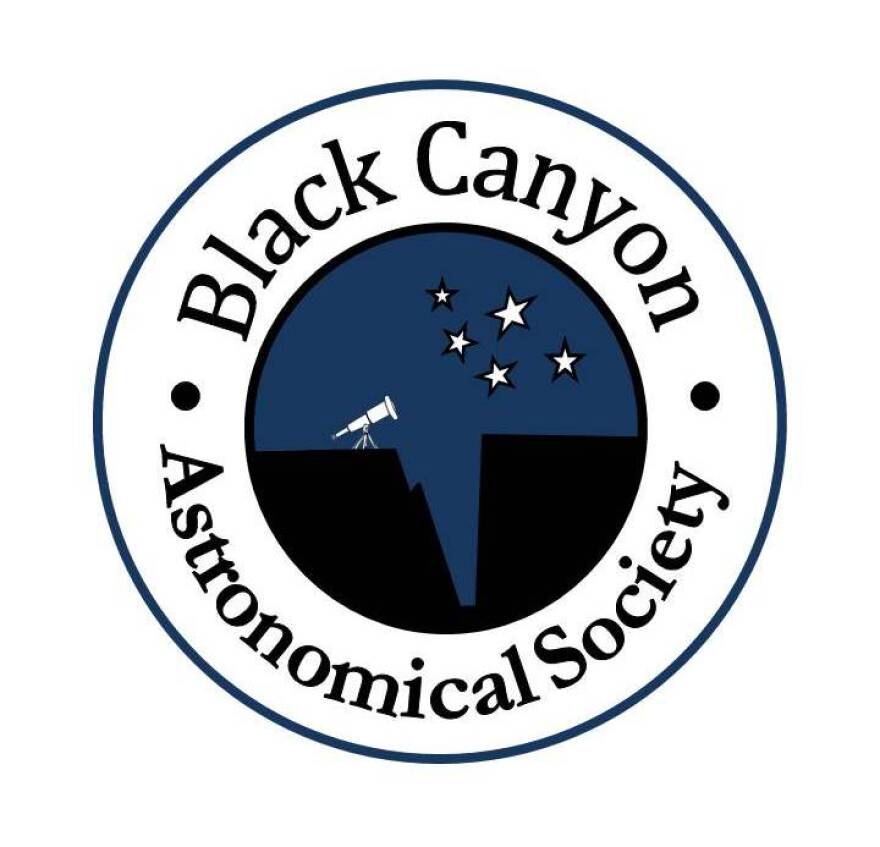Early autumn is Milky Way season. You may have seen its graceful arch creeping higher above the horizon over the past few months. Now, in early September, our galaxy stretches from north to south, nearly overhead, at about 10 pm.
The “milky” part of the Milky Way is the combined light of billions of stars throughout our galaxy. These stars are too far away to be seen individually, but they are stunning collectively.
Escape from city lights and a more mysterious side of the Milky Way reveals itself. Gaze south, and you’ll notice that the brightest portion of the Milky Way appears split in two by a long dark lane. Known as the Great Rift, this feature, as well as the many smaller snake-like dark patches around it, appears to be missing stars. Until the early 1900s, astronomers thought these dark lanes were actual “holes in the heavens.” But modern astronomy has revealed that these inky voids are far from empty.
The dark patches in the Milky Way are colossal clouds of interstellar dust. The dust particles, made mostly of carbon compounds and silicate minerals, are great at obscuring visible light from more distant stars, making them appear as dark silhouettes against the otherwise dense star fields of the Milky Way. Fortunately for astronomers, infrared radiation, radio waves, and x-rays can pass through the dust clouds with ease, allowing a peek inside. Ironically, these “voids” turn out to be bursting with newborn stars, and probably, new planetary systems.
These mysterious dark clouds not only provoke our scientific curiosity, but also our imagination. Just as humans have been “connecting the dots” between the stars for thousands of years, many cultures have seen shapes and figures in the dust lanes of the Milky Way. These “dark constellations” took the shape of shepherds, llamas, and serpents to the Inca of South America’s Andes Mountains and a large emu to the Aboriginal Australians. What shapes do you see?

Western Slope Skies is produced by members of the Black Canyon Astronomical Society. This segment was written by Zach Schierl and voiced by Art Trevena.


